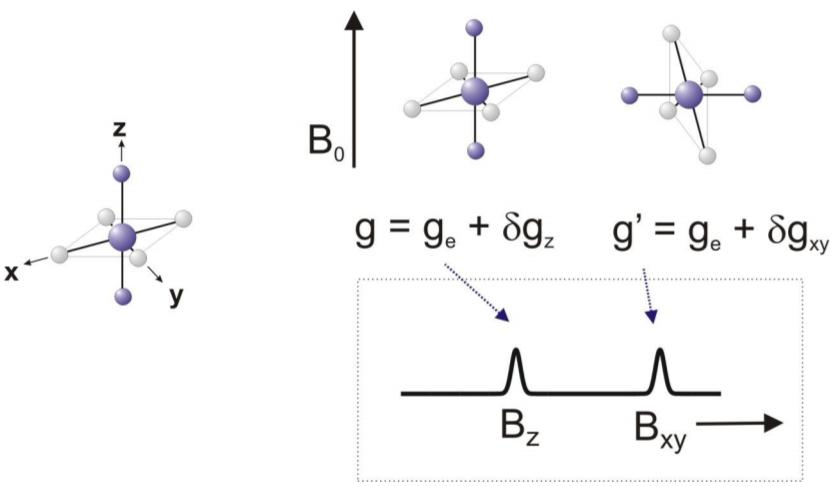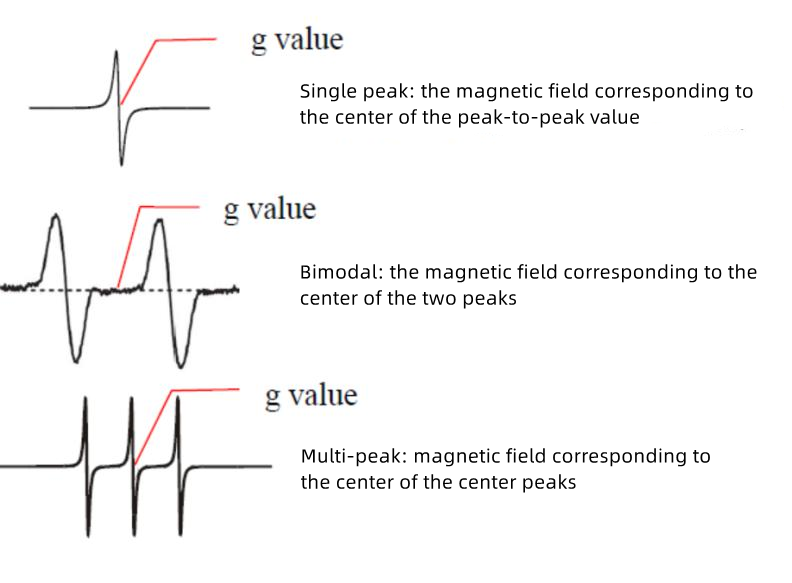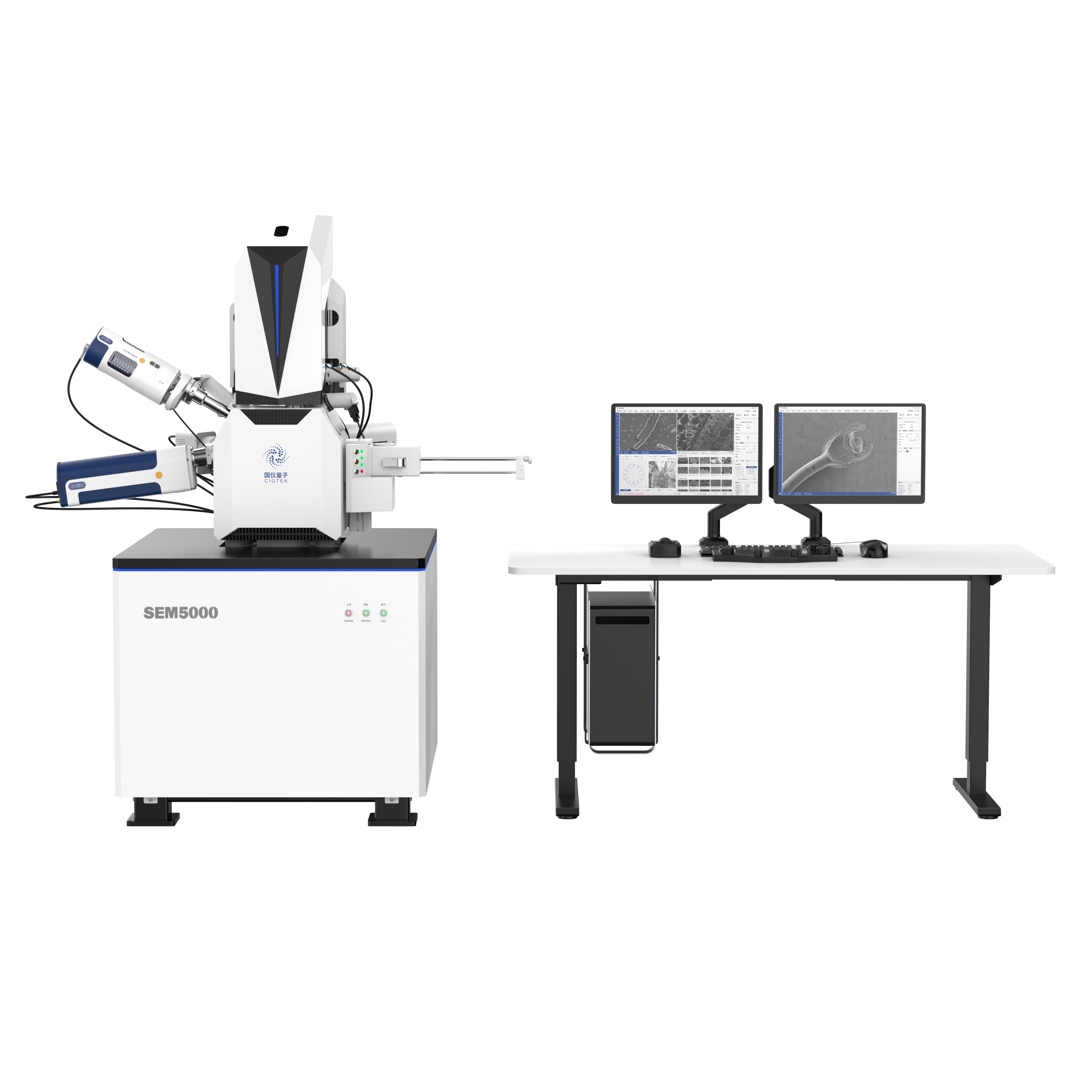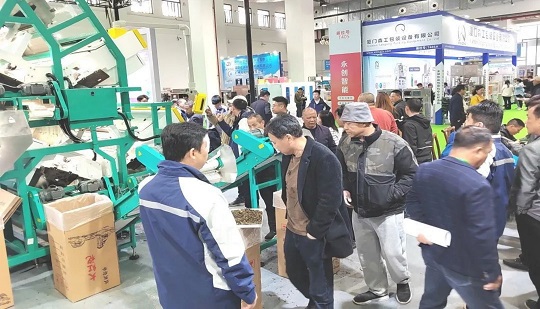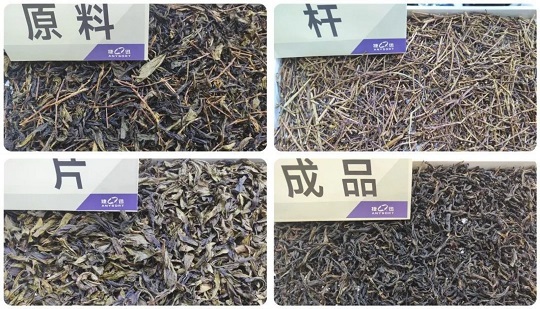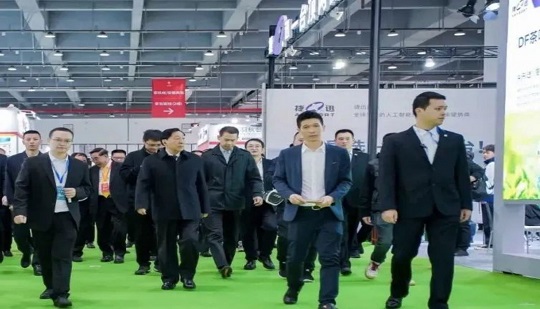Production Scale
Determining your production scale involves understanding your production requirements, including the quantity of diapers to be produced per day and the demand from your target market. Selecting the appropriate scale of manufacturing equipment is essential to ensure meeting the market demand.
A. Understand the diaper demand in your target market, including potential sales volume and market growth potential. Conduct market research to analyze the consumer demographics, market share of competitors, and sales trends in your target market to determine the market demand.
B. Based on the market demand and sales trends, make sales forecasts. Consider factors such as seasonal demand fluctuations, promotional activities, and product innovation to predict sales volume for different time periods.
C. Evaluate your available resources, including human resources, raw material supply, and production facilities. Consider factors such as the manpower you can allocate, the reliability of raw material supply, and the capacity of your production facilities to determine the limitations on production scale based on resource availability.
D. Consider the relationship between production scale and cost-effectiveness. Generally, larger-scale production can achieve higher economies of scale and cost savings. However, it is essential to balance cost and market demand to ensure that the production scale can meet the market demand and generate profitability.
E. Evaluate your budget and investment capacityto determine the production scale and related costs you can afford. Consider expenses such as equipment purchase or leasing, labor costs, raw material procurement, and marketing expenditures to ensure that the production scale aligns with financial feasibility.
F. Assess potential risks and uncertaintiesand consider their impact on the production scale. Take into account factors such as supply chain risks, market competition, sales fluctuations, and demand changes to develop appropriate risk management strategies.

Automatic Full Servo Baby Diaper Machine
Degree of Automation
The level of automation you wish to achieve in your baby diaper production line. Some manufacturing equipment offers higher levels of automation, reducing manual intervention and increasing production efficiency. Select the appropriate level of automation based on your budget and production requirements.
A. The degree of automation is often related to the production scale. If you have a smaller production scale, highly automated equipment may not be necessary. On the other hand, if you have a larger production scale, highly automated equipment may be more suitable as it can improve production efficiency and reduce labor costs.
B. Equipment with higher levels of automation typically comes at a higher price. You need to assess your budget and determine how much capital you can allocate to equipment purchases. Considering the return on investment and long-term benefits, choose the level of automation that fits within your budget.
C. Equipment with higher levels of automation can reduce the demand for human resources and lower labor costs. If labor costs are high, opting for a higher degree of automation may provide advantages.
D. Equipment with different levels of automation has different technical requirements. Equipment with higher levels of automation may require higher levels of technical knowledge and maintenance to ensure smooth operation and troubleshooting. You need to evaluate your technical capabilities and resources and choose the level of automation that matches them.
E. Diaper manufacturing involves multiple processes and complex production flows. Depending on your product requirements, such as size, shape, absorbency, and other characteristics, choose equipment with the appropriate level of automation. Certain specific processes may require higher levels of automation to ensure product quality and consistency.
Flexibility and Adjustability
Flexibility refers to the ability of equipment to adapt to different product requirements and production needs. A highly flexible diaper manufacturing machine can accommodate the production of diapers with different sizes, shapes, absorbency levels, and other requirements.
This means that you can make adjustments and changes to your product line based on market demands, producing different styles of diapers. Equipment with high flexibility often has adjustable parameters and modular designs, allowing it to adapt to different product configurations.
Adjustability refersto the ability of the equipment to adjust and control the production process. A diaper manufacturing machine with good adjustability can make various parameter adjustments to meet different production needs.
For example, adjusting the thickness of the absorbent layer, the tightness of the elastic waistband, the sealing strength of the side tabs, etc. Equipment with high adjustability can make precise adjustments based on product quality standards and market demands, ensuring the production of diapers that meet the required specifications.
Quality and Stability
A. Choose suppliers with a good reputation and extensive experience. Research the background information of the suppliers, including their expertise and industry reputation in the diaper manufacturing field. Look at customer feedback and reference cases to understand how their machines perform in real-world applications.
B. Gain a detailed understanding of the technical specifications and features of the diaper manufacturing machines. Ensure that the machines comply with relevant quality certification standards, such as ISO certification. These certifications provide some assurance that the supplier follows international standards in the design and manufacturing process.
C. Carefully assess the design and manufacturing quality of the machines. Consider factors such as structural stability, material quality, and manufacturing processes. A sturdy and durable machine is more likely to provide long-term stable performance and reliability.
D. Contact the suppliers and conduct site visits to observe the actual operation of the machines and understand their production efficiency and stability.
Technical Support and After-Sales Service
A. Ensure that you are aware of the channels through which you can communicate with the supplier for technical support, such as phone, email, online chat, or remote connection. Clarify that these channels are convenient and timely so that you can receive support when needed.
B. Inquire whether the supplier offers a training program to help your operators become familiar with and proficient in operating and maintaining the machines. A good supplier should be able to provide training courses and materials to ensure that your team can fully utilize the machine's capabilities.
C. Ask the supplier about their repair and spare parts support. Ensure that the supplier can provide timely repair services and supply high-quality original spare parts. This minimizes the impact of machine failures on production.
D. Carefully read and evaluate the after-sales service contract provided by the supplier. Ensure that the contract clearly specifies technical support, repair services, spare parts supply, and other relevant aspects. Pay attention to clauses regarding warranty periods, service scope, and liability limitations in the contract.
Cost-effectiveness
Evaluate the overall cost-effectiveness of the manufacturing machine, including equipment price, operational costs, energy consumption, and maintenance expenses. Take into account the equipment price, production efficiency, and product quality, and choose the most cost-effective manufacturing machine.
Reference Experience and Advice
Seek the opinions and advice of experts in the industry or other diaper manufacturers. Their experience and insights can help you better understand and select the manufacturing machine that suits your business needs.
